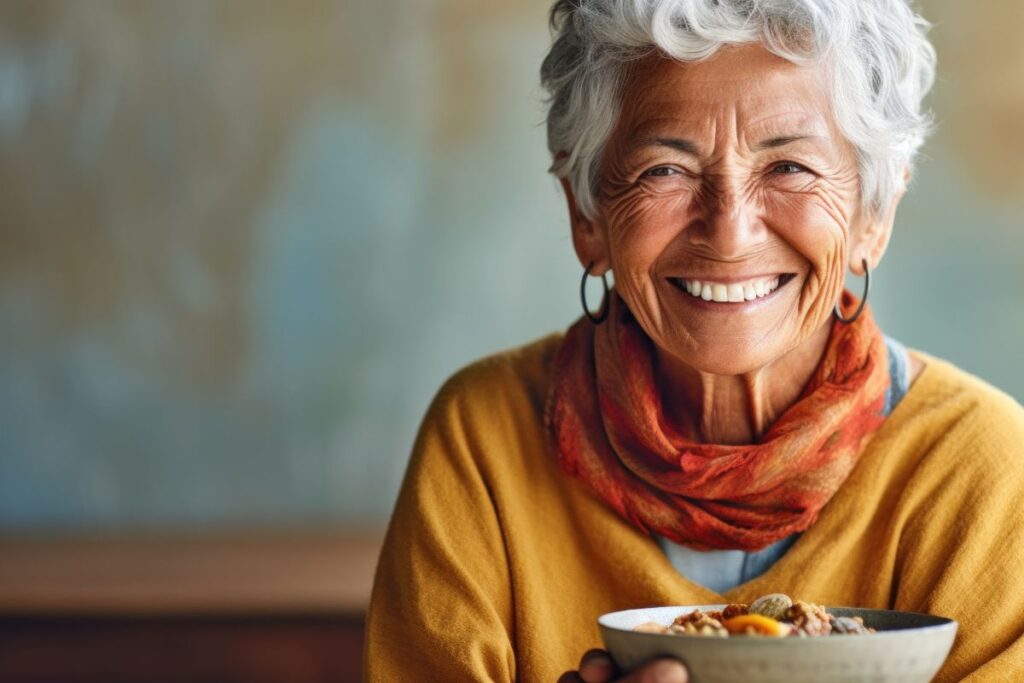10 opposites critical to good health

In Ayurveda it’s not just what you eat and how you eat, or the activities and lifestyle you are leading, it’s what these qualities are doing to your body.
Each person has their own individual path to health – some people will be fine eating hot foods like ginger and chilli whereas for others these foods will overheat their system; just like many would think you can’t go wrong with something healthy, like barley and dry fruits, in reality for many people, particularly vata body types, these are just too drying for the body. We all need to be aware of our own individual path to health, eat the right diet for our constitution, and follow a lifestyle which provides the nourishment we need.
Like increases like
Ayurveda is all about opposites and there are 10 pairs of opposites which describe and categorise all matter in the universe (including activities, foods, and lifestyle). These qualities reflect opposing forces of nature, the positive and negative – or the yin and yang forces.
The overarching premise in this is that like increases like and opposite forces bring balance. So, when we see patients we prescribe foods, exercise, herbs and routines with certain qualities to counter and heal specific imbalances in the body and mind.
The fundamental 10 pairs of opposites
All matter can be described using these 20 qualities, or 10 pairs of opposites.
- Cold-Hot
- Oily-Dry
- Heavy-light
- Gross-Subtle
- Dense/Soft- Liquid
- Soft-Hard
- Static-Mobile
- Sticky/Cloudy-Clear
- Slimy/smooth-Rough
- Slow-Sharp
An excess or deficiency in one of these qualities can lead to an imbalance in health. These opposite features point the way to effective diagnosis and treatment of illness. In Ayurveda we believe that if treatment is like the ailment it is treating, it will increase the ailment. Only an opposite quality can combat it. So depending on what imbalances we pick up, or what problems the patient suffers, there are lifestyle decisions and foods that will best work on clearing up the condition – for good.
For example, if someone suffers constipation having cold juices, crackers, salads and raw veggies only adds to the quality of dryness – instead we want them to work with the opposite and have them eat plenty nourishing or unctuous oily foods.
When suffering circulatory problems, we need to be offering warm, pungent, heating foods which have the quality of heaviness and sharp qualities – things like black pepper, Cajun spices, ginger, turmeric and foods like ghee to help with the absorptions will work well.
If you are overweight or are carrying fluid, heavy food (including grains, cheese, yoghurt, salty, processed food and red meats) will cause more issues; if you change this to more light foods instead, such as leafy veggies, soups that have herbs and meals cooked with herbs like turmeric, coriander, fennel and cumin you will feel better. Hot spices like ginger and chilli peppers; dry foods like millet, barley and buckwheat with small amounts of ghee, will also increase the metabolism.
Working with the opposite forces
When you’re cold, you feel better by the fire drinking warm tea and eating soup, on the other hand if you’re too hot, say there’s a pitta imbalance, you may suffer diarrhoea, indigestion, rashes and anger as all these ailments are a result of too much heat in the body. To bring balance then, you need cool foods and to avoid being out and about in the heat of the day. Skipping alcohol and spicing foods and eating cooling foods, such as cucumbers, zucchini, and watermelon, as well as surrounding yourself with cooling colours and enjoying non-competitive yoga, will also help balance out too much heat.
The best way of treating dryness in the body is to apply oil, ones that work really well are warm oils like sesame or almond for vata, or cooler oils such as coconut or sunflower for pitta, and spicy or dry oils such as mustard or safflower for kapha. Eating plenty of ghee is also good for all doshas.
When feeling heavy or overweight, you will be well placed eating light. This means lighter foods and less of them, as well as avoiding heavy, fatty, oily foods as these will only increase heaviness in the body. Those who have trouble slowing down because they are always on the move, do well with stabilising activities like meditation. They are also best to when not spending too much time multitasking, instead choosing fewer activities in the day and going deeper into them. We now know that putting on weight can also be more a problem of excess stress, so it’s important to balance all these imbalances in the body.
So as you can see it is not only what calories you eat that affects weight and overall health, it is also how your individual body process that food, what imbalances you have and what body type you have. This is why a one-size-fits-all program does not work. Once you know yourself better all of this becomes second nature.
